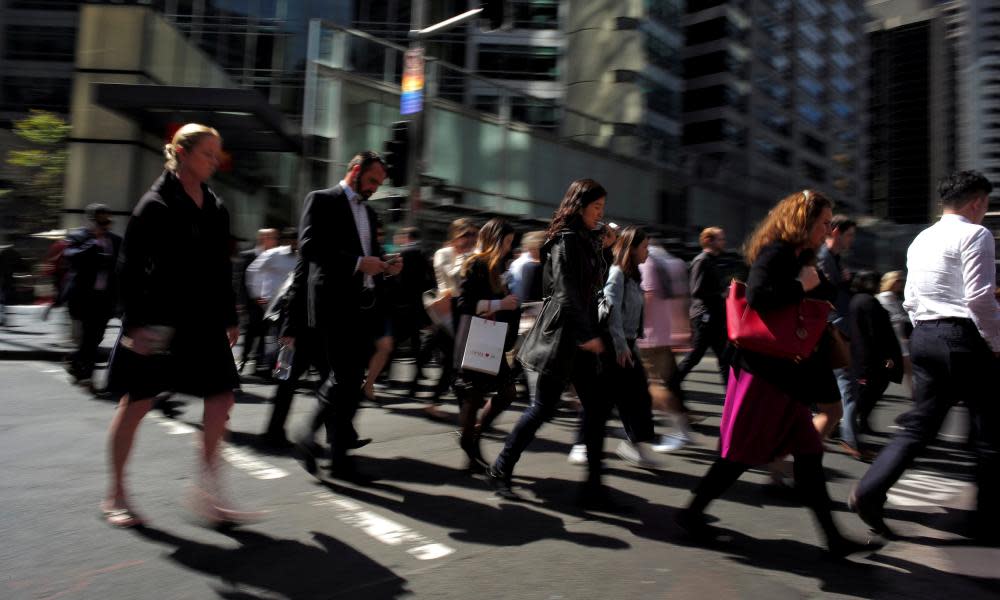Gender pay gap: discrimination found to be most significant contributor to inequality

Discrimination is the most significant factor driving the gender pay gap in Australia, according to a new report by KPMG.
Researchers attributed gender discrimination to almost two-fifths (39%) of the gender pay gap and noted its influence on the gap has increased since 2014. Gender discrimination refers to direct discrimination as well as unconscious bias. The report notes that this is the element of the pay gap if all other factors were equal between men and women.
Other factors include: years of not working because of interruptions, primarily childcare and caring for elderly relatives – which made a 25% contribution; occupational and industrial segregation – meaning unequal distribution of men and women in occupations and the over-representation of women in lower paid positions and industries – which accounted for 17% of the pay gap; unpaid domestic work and part-time employment, which equated to 7% each.
Australian Bureau of Statistics data released last week showed the national gender pay gap remained stable at 14% with men on average earning $241.50 more per week than women.
The KPMG report, She’s Price(d)less: The Economics of the Gender Pay Gap, commissioned by the Diversity Council Australia and the Workplace Gender Equality Agency, was released on Thursday.
The economic analysis shows in 2017 the hourly wage gap was $2.43 compared with $3.05 per hour in 2014.
The Diversity Council Australia chief executive, Lisa Annese, said employers had a role to play in closing the gap but some had more power than others depending on their scale.
“There’s a massive discrepancy between a big global multinational which can afford to open a childcare centre versus a small business owner,” she said.
Annese encouraged workplaces to move to a shared care model for parental leave and offer more flexible work options.
“If you are trying to get more men to take up parental leave, having senior men to role model tells other men that it’s OK to actively take parental leave,” Annese said. “We find even when organisations have really equitable policies around parental leave, men are still reluctant to access it.
“Individuals can try to do their best to negotiate their personal circumstances but a shift in this area does require broader structural change.”
Workplace Gender Equality Agency director Libby Lyons said closing the gender pay gap required changing the hearts and minds of all Australians.
“At the heart of each of these factors are stubborn gender stereotypes about the roles women and men play in both paid and unpaid work and family and caring responsibilities,” she said.
“We need to challenge our blind acceptance that women’s work is less valuable than men’s work. We have to accept that real and lasting cultural change is required if we are going to achieve and sustain gender equality in our workplaces and in society more broadly.”
The gender pay gap is also contributing to an emerging problem of homelessness and financial struggles for women entering their retirement years.
The national gender pay gap measures the difference between the average weekly full-time base salary earnings of both genders, expressed as a percentage of men’s earnings. It is a measure of women’s overall position in the paid workforce and does not compare like roles. The gender pay gap is not the difference between two people being paid differently for work of equal or comparable value, which is unlawful.

 Yahoo News
Yahoo News 
